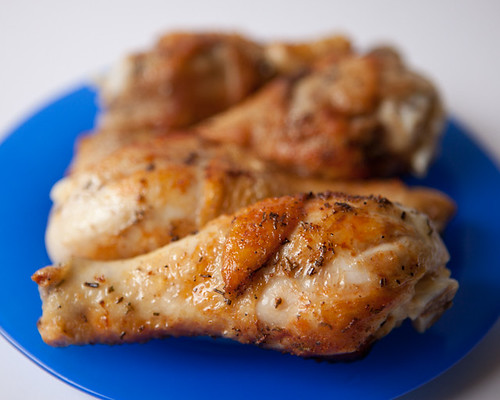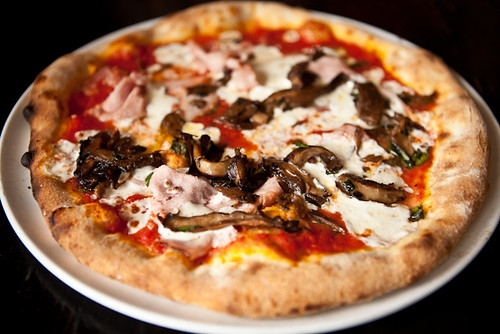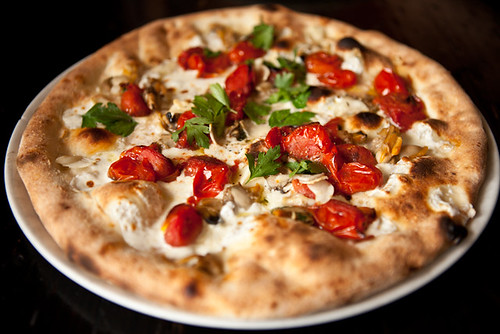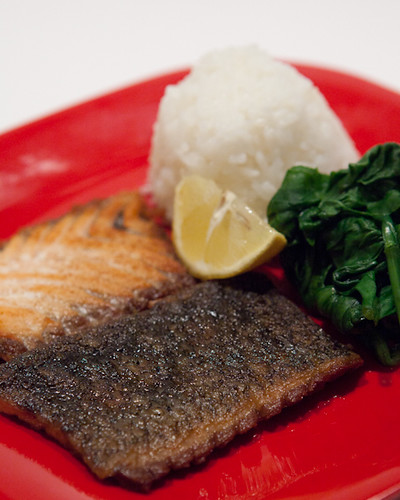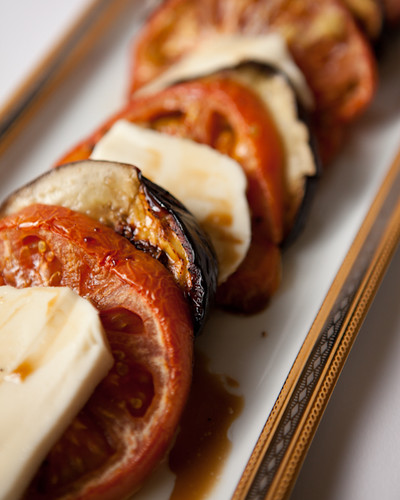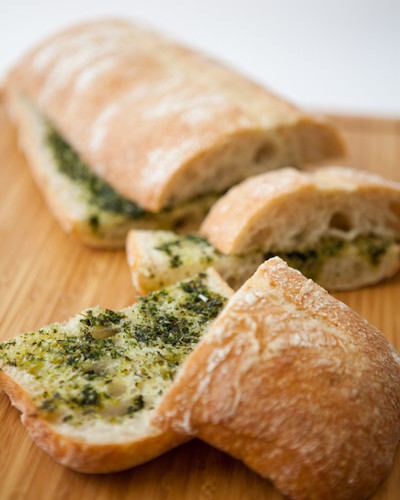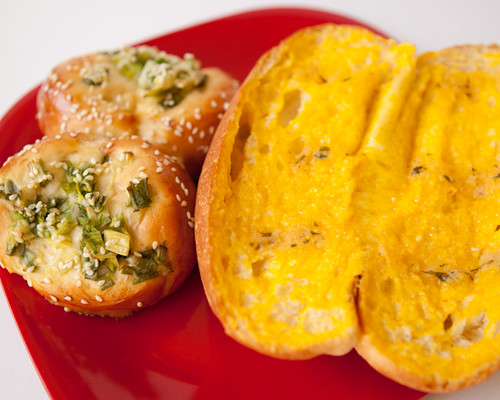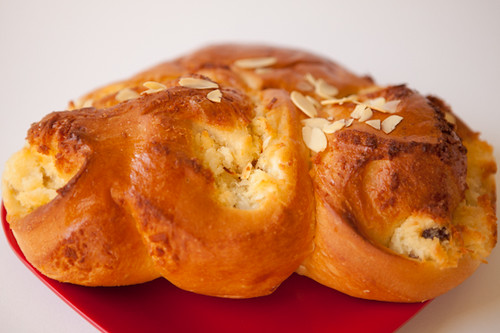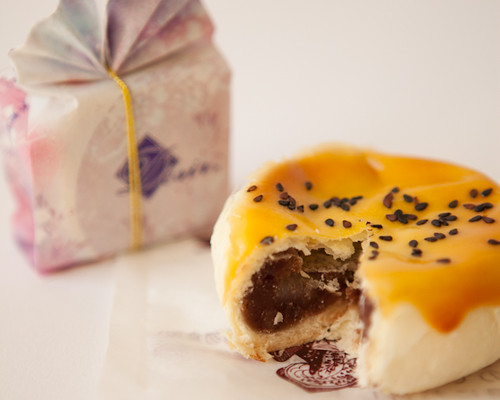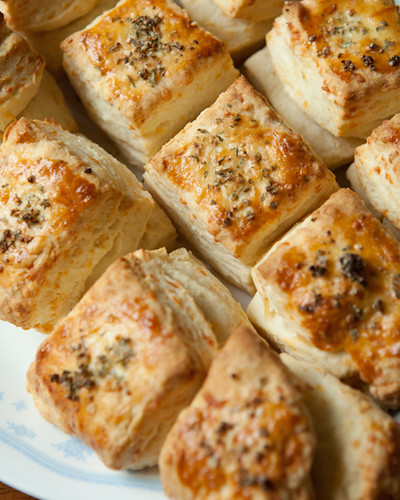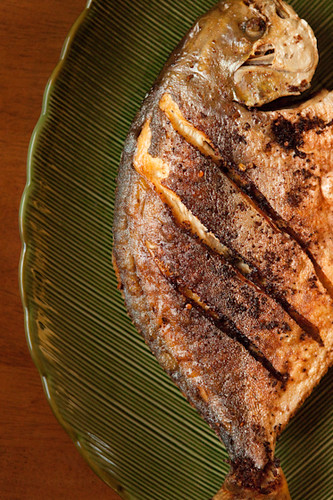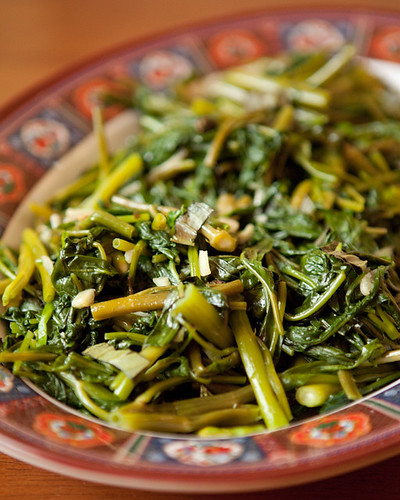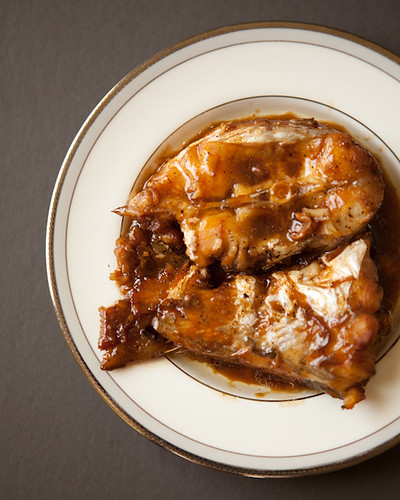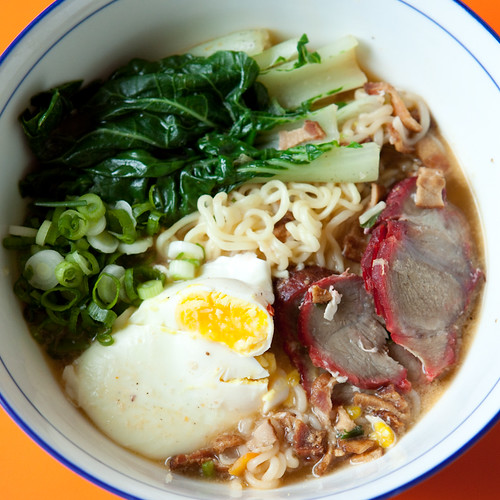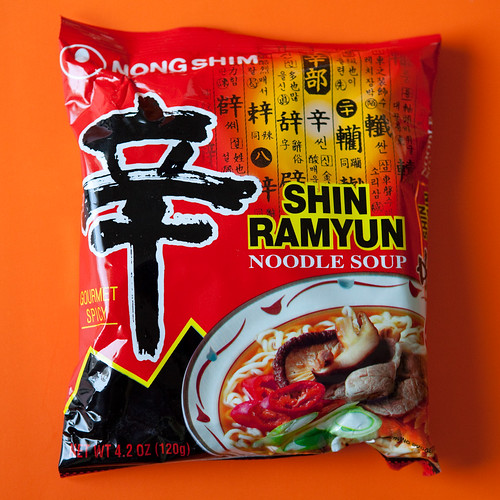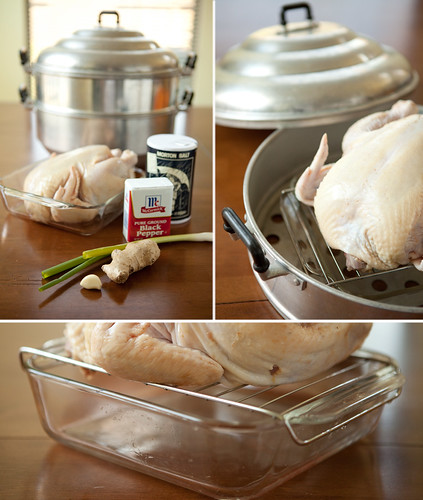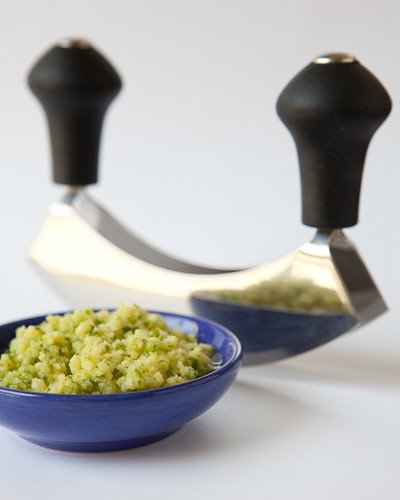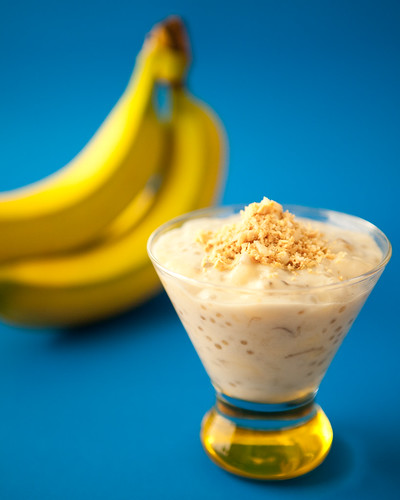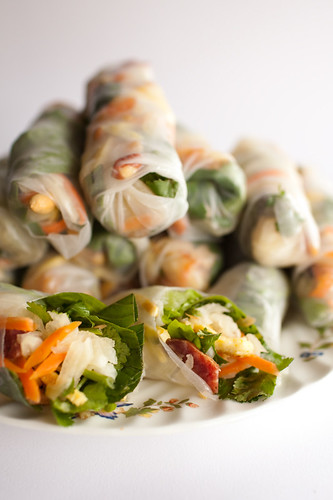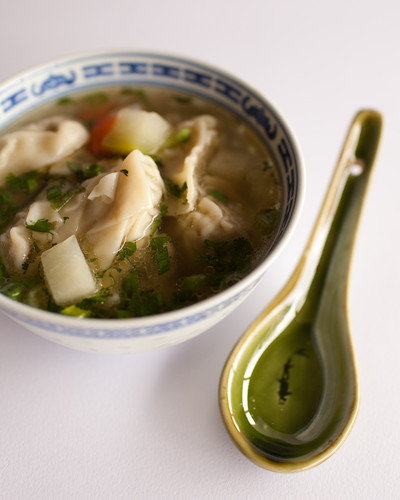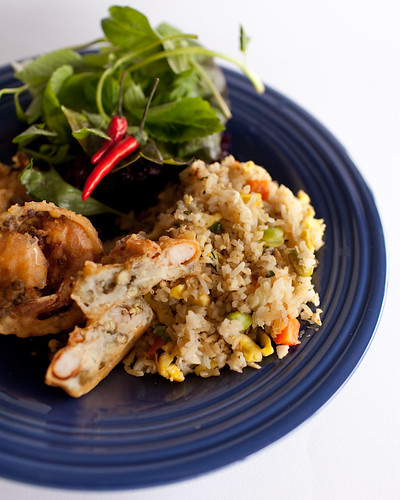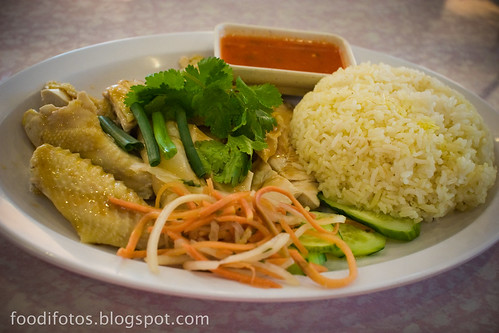A good bowl of bun bo Hue will make you look like you just did yogalates in a sauna. But not all bun bo Hue is extremely spicy. Sometimes, it's served not spicy at all. And even though it's called beef noodle soup, pork knuckles and shanks are an important part of the dish. Just please don’t know me how I know about yogalates. The recipe below is courtesy of Mai Pham of Bon Appetit.
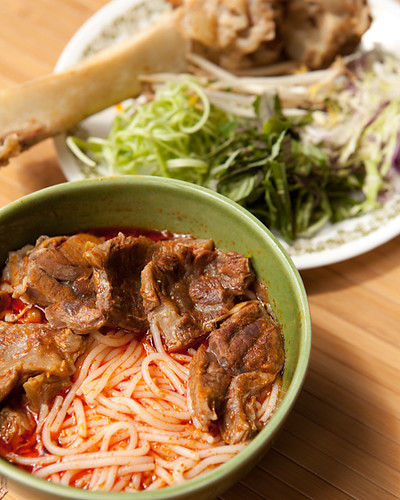
Ingredients:
6 lemongrass stalks (bottom 3 inches only), outer layers peeled
3 pounds beef shank
8 cups low-salt chicken broth
8 cups water
1 1/2 tablespoons vegetable oil
1 1/2 onions, thinly sliced, divided
1 garlic clove, minced
1 tablespoon (or more) sambal oelek or Thai chiles
1 1/2 teaspoons paprika
3 tablespoons fish sauce (nuoc nam or nam pla)*
2 tablespoons sugar
2 1/2 teaspoons red shrimp paste with soya bean oil*
1/2 teaspoon salt
1 8.8-ounce package dried thin rice noodles (vermicelli-style)
2 green onions, chopped
1/4 cup chopped fresh cilantro
2 cups thinly shredded cabbage
1/2 cup rau ram (Vietnamese coriander)* or Thai basil leaves* or regular basil leaves
3 dried Thai bird chiles,* chopped (optional)
4 lime wedges
Directions:
Finely chop enough lemongrass stalks to measure 4 teaspoons. Cut remaining stalks in half. Place beef and stalks in large pot. Add broth and 8 cups water; bring to boil. Reduce heat; simmer 1 1/2 hours.
Heat oil in medium skillet over medium heat. Add 1/3 of sliced onions and garlic; sauté 1 minute. Add 1 tablespoon sambal oelek, paprika, and chopped lemongrass; sauté 1 minute. Add sambal oelek mixture to soup; mix in fish sauce, sugar, shrimp paste, and salt. Simmer until beef is tender, skimming foam from surface, about 1 hour. Remove beef from soup. Skim fat from surface of soup. Simmer soup until reduced to 8 cups, about 10 minutes. Add more sambal oelek for spicier flavor. Trim off any fat from beef; cut meat into bite-size pieces.
Bring large saucepan of water toboil. Add noodles; boil 1 minute. Drain; rinse under cold water and drain again. Using scissors, cut noodles crosswise. Divide noodles among 4 large bowls. Top with beef, remaining sliced onions, green onions, and cilantro.
Bring soup to boil; ladle over noodles. Toss cabbage and rau ram in small bowl. Sprinkle over soup. Top with chiles, if desired; squeeze lime over.


